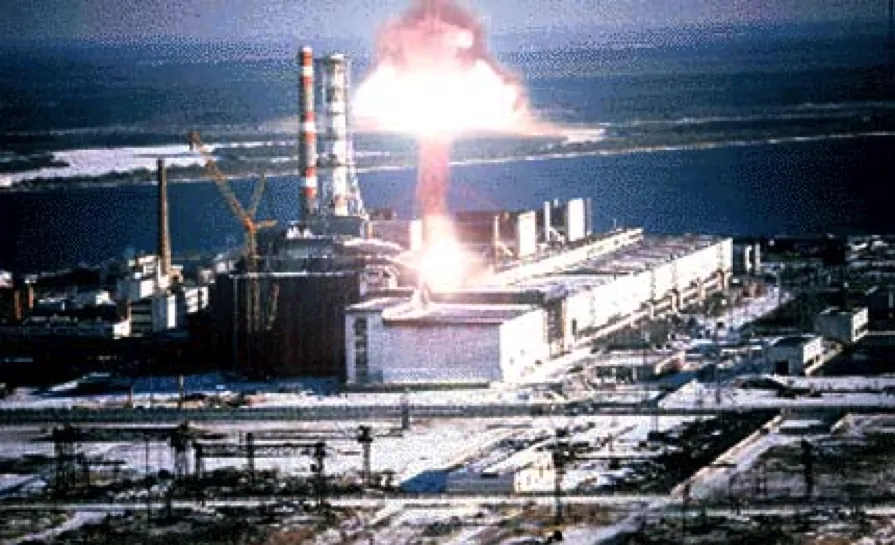Transform your Safety Culture
Creating a psychologically safe work environment is not just about employee satisfaction – it’s about removing risk from a business.
So often we hear of the wellbeing aspects of psychological safety, but does it influence larger, high-impact disaster events? There is significant evidence that some of the most well know safety disasters have a direct link to psychological safety.
Psychological safety refers to an environment where individuals feel comfortable expressing ideas, voicing concerns, admitting mistakes, and taking risks without fear of humiliation, punishment, or retaliation. When psychological safety is absent, it can lead to dysfunctional team dynamics and, as discussed, potentially severe organisational crises.
This article will explore the importance of psychological safety, backed by real-world examples of what can go wrong when it is lacking. These stories highlight the devastating effects on both individuals and organisations when employees don’t feel safe to speak up or share their true thoughts.

In 1986, NASA’s space shuttle Challenger exploded shortly after launch, killing all seven astronauts aboard. Subsequent investigations revealed that several engineers had raised concerns about the O-rings in the shuttle’s boosters, which they believed could fail in cold temperatures.
Numerous investigations found that organisational pressure, fear of delaying the launch, and a culture where dissenting opinions were not welcomed were causal factors of the event. The lack of psychological safety within NASA’s engineering teams prevented the engineers from forcefully voicing their concerns meant details were not discussed and problems not addressed.
Lessons: The Challenger disaster highlights how a lack of psychological safety can stifle critical discussions and allow avoidable disasters to occur. Employees must feel empowered to raise concerns, even if their opinions go against the consensus.
In 2015, it was discovered that Volkswagen had installed software in their diesel engines that allowed cars to cheat emissions tests. This deception ultimately led to billions of dollars in fines and a massive loss of public trust.
Interviews with employees later revealed that there was an environment of intense pressure to meet targets, where speaking up or questioning the ethics of the strategies being implemented was discouraged. Fear of retaliation or losing their jobs prevented employees from voicing concerns about the illegal tactics being used.
Lessons: In an environment where employees are afraid to challenge unethical behavior, organisations can quickly lose their moral compass. Psychological safety is crucial for encouraging employees to speak up when something doesn’t feel right, preventing unethical decisions from spiraling out of control.
Medical errors are a leading cause of patient harm. Investigations have found that many of these errors could be avoided if healthcare professionals felt comfortable speaking up. In several high-profile cases, junior doctors and nurses have failed to question senior colleagues’ decisions, even when they knew something was wrong. The fear of being labelled incompetent or facing professional backlash has led to patient deaths in various instances.
For example, in one case, a junior nurse noticed that the medication dosage for a patient was unusually high but chose not to question the prescribing doctor, fearing reprisal. Tragically, the patient suffered a fatal overdose, an outcome that could have been avoided if there had been an environment where questioning decisions was not seen as insubordination but as a way to safeguard patient health.
Lessons: Psychological safety in healthcare is vital to prevent medical errors and ensure patient safety. Healthcare workers must feel safe to question and correct their peers or superiors without fearing negative consequences.
In 2017, Uber faced a public relations crisis after former engineer Susan Fowler published a blog post exposing the toxic culture within the company. Fowler described a workplace rife with sexism, harassment, and retaliation for reporting unethical behavior. She reported multiple instances where she and other female employees were harassed and where managers ignored or actively suppressed complaints to protect high-performing individuals.
The result was not just the tarnishing of Uber’s brand but a massive overhaul of its leadership, including the resignation of CEO Travis Kalanick. Fowler’s experience exposed how a lack of psychological safety had allowed toxic behaviors to flourish, affecting the well-being of employees and undermining trust within the organization.
Lessons: Toxic workplace cultures can thrive when psychological safety is absent, leading to the suppression of legitimate complaints, harming both the employees and the organization in the long run.
The Deepwater Horizon oil spill in 2010 was one of the worst environmental disasters in history. Investigations showed that BP had cut corners and ignored warnings from workers about safety concerns on the rig. The organisational culture at BP prioritized speed and cost savings over safety, and workers feared backlash for raising issues, leading to the catastrophic blowout.
The disaster cost BP billions in fines, cleanup costs, and lawsuits, not to mention the significant environmental and human toll. Experts later cited a lack of psychological safety as one of the core reasons why workers did not feel empowered to slow down operations or insist on addressing the safety concerns.
Lessons: When psychological safety is sacrificed for productivity and profit, it can lead to disastrous consequences that far outweigh any short-term gains. Encouraging employees to speak up about safety concerns is crucial for long-term sustainability.

The explosion at Reactor 4 of the Chernobyl Nuclear Power Plant resulted from a failed safety test, but deeper investigation revealed a culture of fear and poor communication that contributed to the disaster. Engineers and technicians were aware of significant design flaws in the reactor, yet were unable or unwilling to raise these issues due to fear of retribution from higher-ups.
On the night of the disaster, workers involved in the safety test faced immense pressure to proceed despite growing concerns about the reactor’s stability. Junior employees feared speaking up against senior engineers who pushed the test forward. The result was one of the worst nuclear disasters in history, with massive environmental damage and lasting health consequences for thousands of people.
Lessons: The Chernobyl disaster illustrates how hierarchical structures and a culture of fear can prevent crucial information from being shared. Without psychological safety, employees may feel they have no choice but to comply with dangerous decisions, ultimately leading to devastating outcomes.
The common thread in all of these cases is the failure of leadership to foster an environment where employees felt safe to speak up. Leaders play a crucial role in setting the tone for psychological safety in the workplace. Here are some ways leaders can create a psychologically safe environment:
From the Challenger disaster to toxic corporate cultures, the cost of ignoring psychological safety can be measured in lives lost, billions of dollars in fines, and irreparable damage to reputations.
As mentioned above, significant risk is taken out of a business when psychological safety is strong due to improved cohesion and information sharing.
Leaders must prioritize psychological safety to cultivate a culture where employees feel valued, heard, and free to contribute their best ideas and efforts. By doing so, they can avoid the costly mistakes of the past and build a more resilient, ethical, and productive workplace.
Enter your details below to register your interest.
"*" indicates required fields